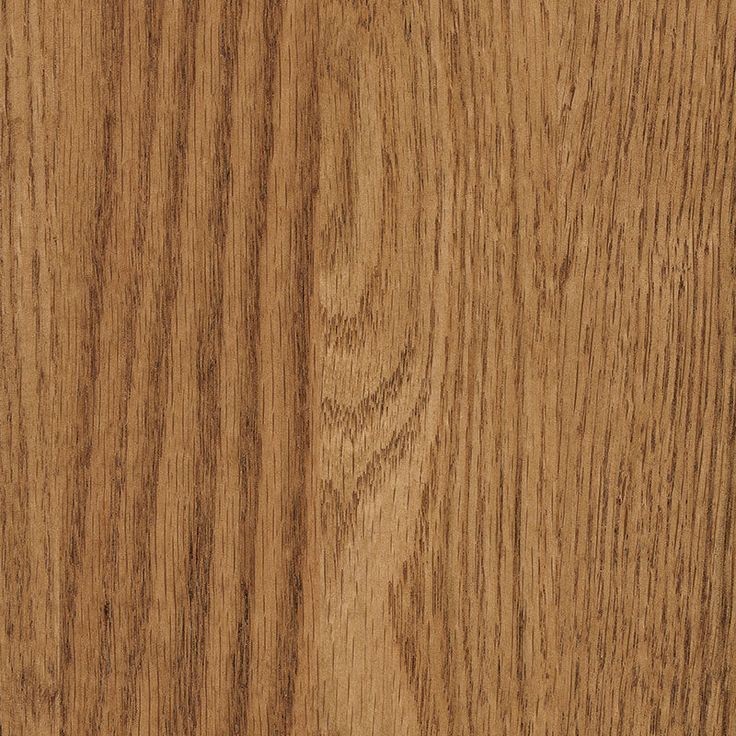CHESTNUT TREE
The chestnut tree (Castanea sativa) has played an important role throughout history, both as a source of food and for its durable wood. Today, it continues to be widely used in areas ranging from furniture production to decorative items.

History and Cultural Significance
The chestnut tree naturally grows in regions with a Mediterranean climate and has a history spanning thousands of years. Since ancient times, it has been valued for both its fruit and its wood, spreading widely across Europe and Asia. In Turkey, it is particularly common in the Black Sea and Aegean regions.

Physical Properties and Durability
The chestnut tree can grow up to 20-30 meters in height, featuring a strong and wide structure. Its leaves are large, sturdy, and serrated. Its wood shares similar characteristics with oak, known for its durability and decorative appearance. However, due to its tendency to crack and warp during drying, obtaining large-sized lumber can be challenging.
Use in Woodworking and Aesthetic Value
Chestnut wood is often preferred in furniture making due to its natural durability and aesthetic appeal. It is especially used in the production of tables, chairs, and cabinets. Additionally, its natural color tones and grain patterns add elegance and sophistication to decorative products. Chestnut wood has a warm and elegant appearance, making it a favored choice for decoration projects with its natural hues and textures.
Applications

Chestnut wood is widely used in various fields due to its durability and aesthetic qualities:
• Furniture Production: Chestnut tables and coffee tables stand out for their elegant appearance and sturdy structure.
• Interior and Exterior Applications: Thanks to its natural durability, chestnut wood is suitable for both interior and exterior applications, including garden furniture and exterior cladding.
• Decorative Items: Decorative products made from chestnut wood, such as flower stands, cutting boards, and other items, bring warmth and style to living spaces.

Conclusion
The chestnut tree has held an important place in people’s lives throughout history and remains a valuable material in woodworking due to its durability and aesthetic features. Today, chestnut wood is widely used in furniture and decoration, adding elegance to living spaces with its natural beauty and robust structure.
Tables made from chestnut wood not only offer aesthetic appeal but also long-lasting durability, making them a valuable addition to any space.
